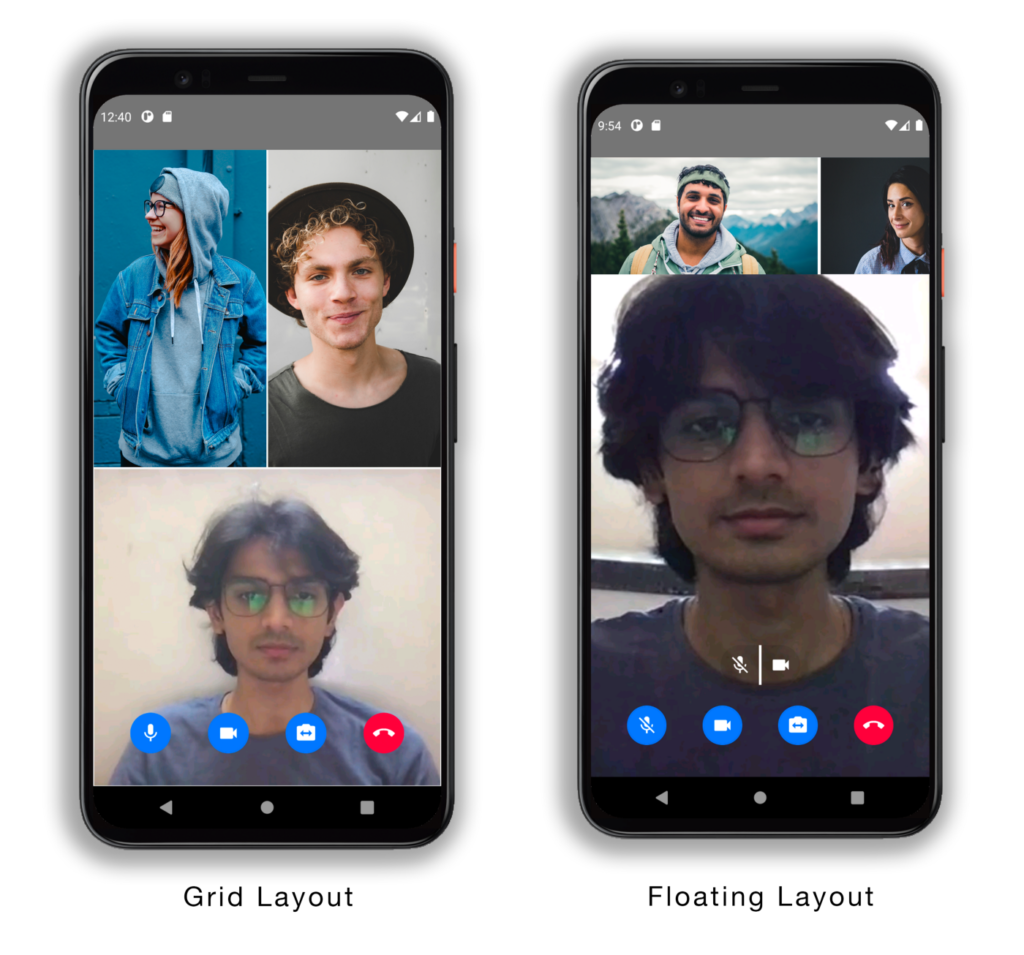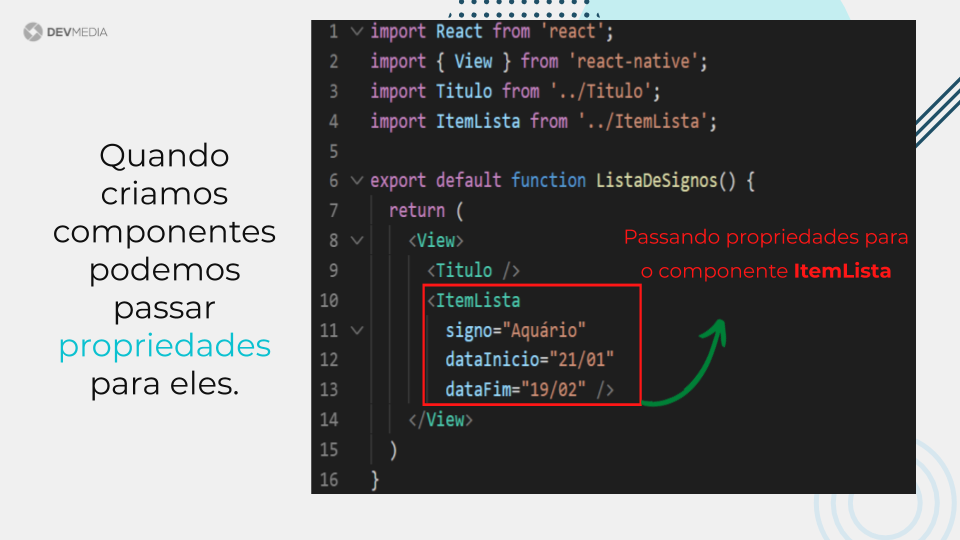


- Agora video call react native install#
- Agora video call react native full#
- Agora video call react native android#
- Agora video call react native free#
If you have quietly made any fresh attempts and used the Agora SDK, please let us know by private message and we will be happy to help you share it with more developers. Thanks to the developers for their support. We were also a little surprised when he sent out in the Agora exchange group.
Agora video call react native android#
At the same time, you can also combine React Native code with Native code, whether you are using Objective C, Java or Swift.Īn Agora developer, also a React Native lover (Github: syanbo), wrote a React Native package using the Agora SDK for live, multiplayer voice or video conferencing, and of course, Android and iOS. You can create apps that run on the mobile side with just JavaScript. Or open an issue on the repository with the feature request.For Web, iOS, and Android developers, React Native has helped cross-platform development efforts.
Agora video call react native free#
If there are features you think would be good to add to Agora UIKit for React Native that many users would benefit from, feel free to fork the repository and add a pull request. You can even add event listeners in the same fashion to access engine events and perform custom operations. That's all we need to do to add a custom feature. And we'll add an image icon to show the status. We'll create a button using that will call the enableDeepLearningDenoise method on our engine instance based on our state. We'll define a state enabled that will toggle the denoising effect. This gives us access to the engine instance exposed by the Agora SDK that's used by the UIKit.

We can access the RtcEngine instance using the RtcContext. We'll create a new component called CustomButton, which will contain the code to enable and disable our denoising feature: We can use the LocalAudioMute, LocalVideoMute, SwitchCamera, and Endcall buttons from the UIKit and render them inside a. Because we'll want to create a button to enable and disable AI denoising, we'll create a custom component called, which we'll render below our grid: We'll then render our component, which will display all the user videos in a grid. We'll wrap it with PropsContext to pass in the user props to the UIKit. The RtcConfigure component handles the logic of the video call. To build our video call, we'll import the PropsContext, RtcConfigure, and GridVideo components from the UIKit. When it's true we'll render our video call, and when it's false we'll render an empty for now: We'll create a state variable called inCall. We'll clear out the App.tsx file and start fresh: The component is built with smaller components that can also be used to build a fully custom experience without worrying about the video call logic. The UIKit blog has an in-depth discussion on how you can customize the UI and features without writing much code.
Agora video call react native full#
The UIKit gives you access to a high-level component called that can be used to render a full video call. You can now execute npm run android or npm run ios to start the server and see the bare-bones React Native app. You can do this by opening the /ios/.xcworkspace file in Xcode. You'll also need to configure app signing and permissions.
Agora video call react native install#
If you're using an iOS device, you'll need to run cd ios & pod install to install CocoaPods. At the time of writing this post, the current agora-rn-uikit release is v3.3.0 and the current react-native-agora release is v3.5.1


 0 kommentar(er)
0 kommentar(er)
